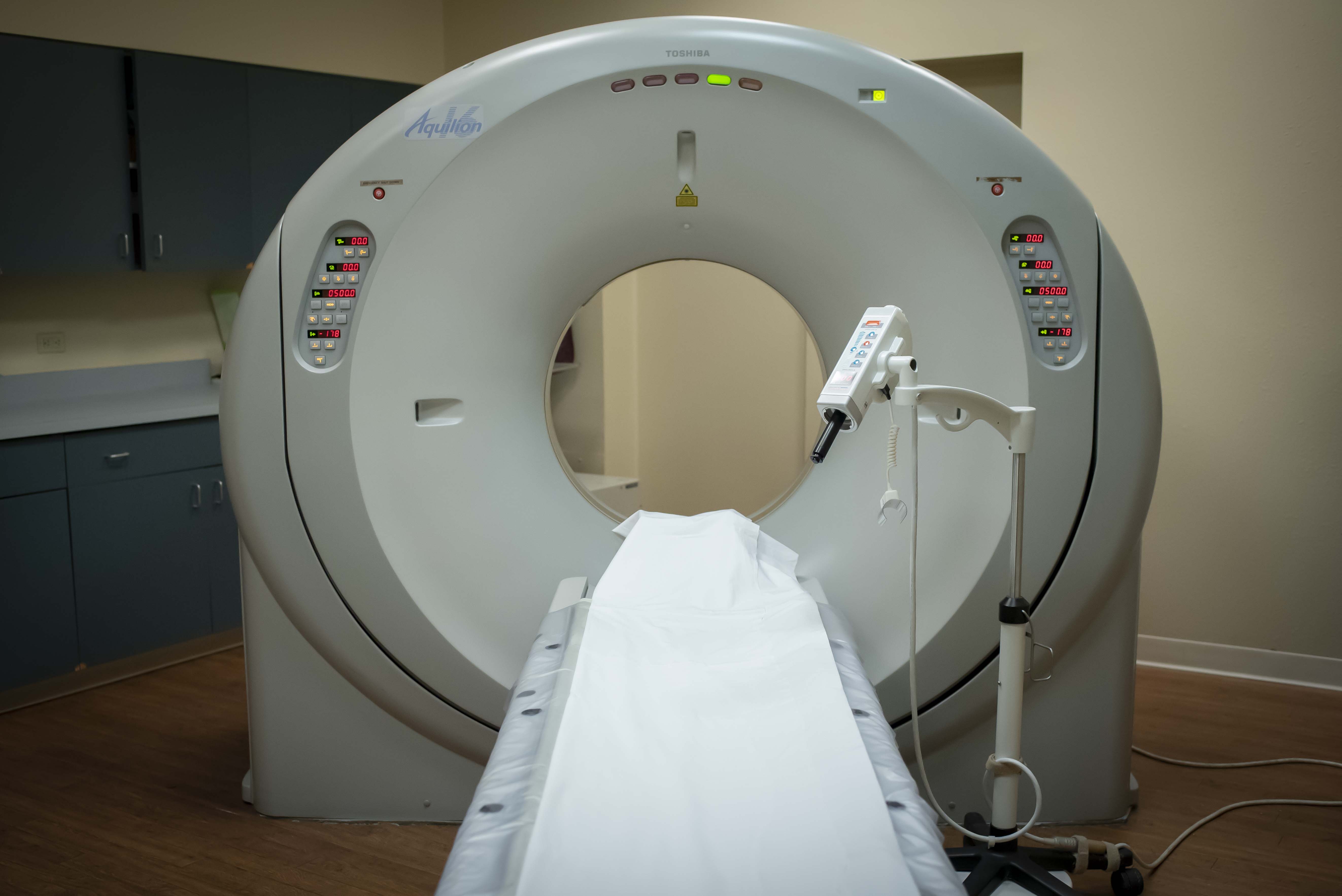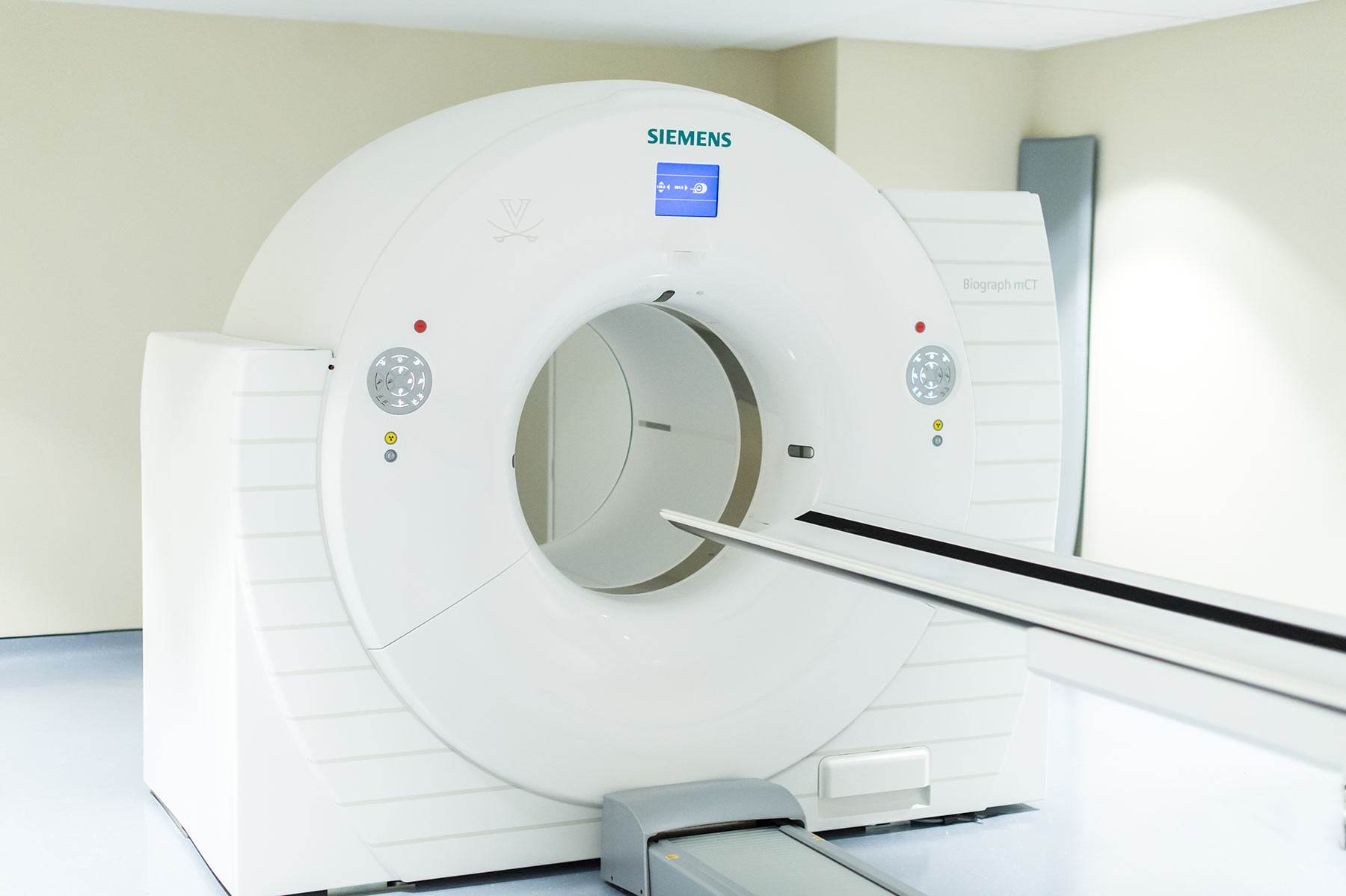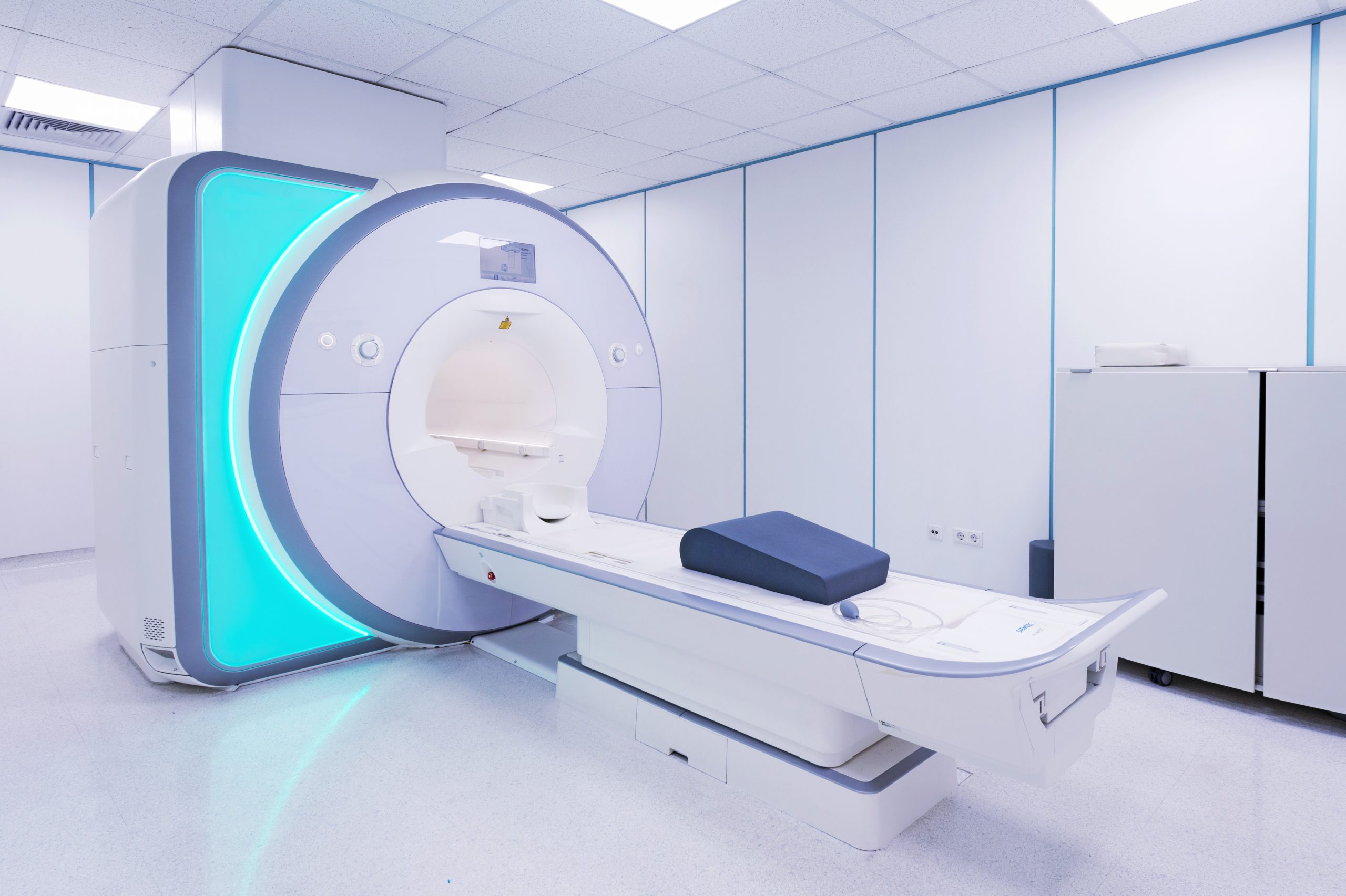Are CT Toys Safe - What Families Need To Know
For many families, knowing if playthings are truly safe for little ones is a big thought, and it's almost always at the top of a parent's mind. We want our children to have moments filled with joy and discovery, and a lot of that comes from the things they play with. It’s pretty reassuring to know that folks in Connecticut are actively working to make sure the playthings available in stores meet certain safety expectations.
The state, you see, has a group that regularly checks on playthings sold in shops all around the area. Their main goal, in a way, is to confirm that these items are good for children to use without worry. This kind of ongoing check helps to give parents and caregivers a bit more peace of mind when they pick out something new for their child, which is rather important.
This careful approach means that if something is found that isn't quite right, or perhaps poses a risk, it gets taken off the shelves right away. So, in some respects, this article will walk you through what these checks mean for you and your family, and how you can also play a part in making sure playtime stays happy and free from harm.
- Martha Stewart Grandkids
- Bill Higgins Barbara Corcoran
- Lainey Wilson Weight And Height
- Ellen Page Young
- Cut Bank Cast
Table of Contents
- How Connecticut Works to Keep Toys Safe
- What Happens When Unsafe Toys Are Found in CT?
- Is CT Toys Safe - Understanding the Bigger Picture of Plaything Safety
- What Potential Dangers Should We Watch For?
- Practical Tips for Shopping - Is CT Toys Safe When You Pick Them?
- What Makes a Toy Good and Safe?
- Community Efforts for Safe Playthings - Is CT Toys Safe Through Giving?
- Where Can You Find More Information About Toy Safety?
How Connecticut Works to Keep Toys Safe
The folks at the Connecticut Department of Consumer Protection, they really do make it a point to check on playthings found in stores across the state. This isn't just a one-time thing; it's something they do routinely, almost like a regular check-up for the items our children play with. Their main aim, you know, is to see that these playthings are indeed safe for use. This involves looking at many different aspects of a plaything, from how it's put together to the materials it's made from. They want to make sure that when a child plays, they can do so without facing unexpected dangers. It's a way of looking out for the youngest members of our communities, making sure that the joy of play isn't overshadowed by potential harm. This continuous oversight means that stores are encouraged to stock items that meet certain safety benchmarks, which is a pretty good thing for everyone involved, especially the children.
They are, basically, like a watchful eye, making sure that what ends up in our homes for our kids to play with has been given a thorough once-over. This kind of work helps to build a foundation of trust between consumers and the things they buy. It’s about ensuring that the products on shelves meet a certain standard, so when you pick up a plaything, you can feel a bit more confident about its suitability for your child. This regular checking process, you see, is a key part of how the state tries to protect its residents, especially the most vulnerable ones. It’s a proactive step, rather than waiting for something to go wrong, they are trying to prevent issues before they even start. So, in a way, they are always on the lookout, which is really quite helpful for families.
What Happens When Unsafe Toys Are Found in CT?
When the Connecticut Department of Consumer Protection discovers playthings that aren't considered safe during their checks, they act quite quickly. If something is found that doesn't meet the safety expectations, or if it presents a risk to children, those items are removed from the stores. It's a pretty straightforward process: identify the problem, and then make sure the problematic item is no longer available for purchase. This swift action helps to prevent potential injuries or other issues before they can even happen. The idea is to clear the shelves of anything that could cause harm, ensuring that only items deemed suitable for play remain. This is a very important part of their work, as it directly impacts the well-being of children across the state. It shows that their checks aren't just for show; they lead to tangible actions that protect families.
- Dr Pendleton Wickersham
- Doja Cat Met Gala 22
- Edith Mack Hirsch Wiki
- %C3%B1%C3%B1%C3%B0%C3%B0%C3%B0%C3%B0%C3%B1%C3%B0%C2%B5%C3%B0%C3%B1%C5%93 %C3%B0%C2%BA%C3%B0%C2%B5%C3%B0%C3%B1%C3%B0%C3%B0%C3%B0
- Sherri Papini Bio
So, you know, if a plaything is found to have, say, small parts that could come off and be swallowed by a baby, or perhaps materials that aren't up to standard, it won't stay on the display. This immediate removal is a critical step in safeguarding children. It means that parents can generally feel more secure knowing that there's a system in place to take care of these kinds of concerns. The goal, after all, is to make sure that the things children play with are a source of happiness and learning, not a source of worry or danger. It's really about maintaining a safe environment for play, which is something every child deserves. This process, in fact, helps to keep the overall market for playthings in the state at a higher safety level, which is good for everyone who shops there.
Is CT Toys Safe - Understanding the Bigger Picture of Plaything Safety
Overall, when you look at plaything safety, it's pretty clear that most items are designed to be both safe and fun for children. Playthings are, after all, a wonderful source of happiness and a way for children of all ages to learn and explore. They spark imagination and provide hours of entertainment. However, even with the best intentions and regulations, becoming more aware of the possible dangers and taking active steps to prevent them can truly make a difference. This kind of awareness can save a child from getting hurt, or in very rare and tragic cases, even from something much worse. It's not about being overly worried, but rather about being informed and ready to act. That, you know, is a sensible approach to anything involving children's well-being.
It's about finding that balance between letting children enjoy their playthings freely and having a good grasp of what might pose a risk. Knowing what to look out for, like certain types of materials or how small parts might detach, can empower parents and caregivers to make better choices. This active prevention is a shared responsibility, you could say, between those who make and sell playthings and those who buy them. It means taking a moment to think about the potential "what ifs" before they become actual problems. So, while the vast majority of playthings are indeed good for play, a little bit of knowledge and a bit of vigilance can go a very long way in keeping playtime truly safe and enjoyable for everyone, which is the main point.
What Potential Dangers Should We Watch For?
There are some playthings that, despite their appearance, can be quite dangerous. For example, at Connecticut Children's, a medical center located in Hartford, they had a display on a Monday in December 2024 that showed some potentially hazardous playthings. Among these were magnets and expanding beads, which were shown in their enlarged state right in the middle of the display. Magnets, especially small, powerful ones, can be incredibly dangerous if swallowed, as they can attract each other across internal tissues and cause serious harm. Expanding beads, which are meant to grow when placed in water, can also pose a significant risk if ingested, as they can expand inside a child's body and cause blockages. These examples highlight that even seemingly innocent items can have hidden dangers that parents need to be aware of. It's really something to keep in mind when looking at new items for your child.
So, when you're looking at playthings, it's worth taking a moment to consider these kinds of hidden risks. It's not always obvious just by looking at an item if it could become a problem. That’s why knowing about specific examples like these can be very helpful. It encourages a closer look, perhaps checking for any warnings or reading up on the product before bringing it home. The display at the medical center was, basically, a visual reminder of the kinds of things that can go wrong if we're not careful. It underscores the importance of not just assuming everything is fine, but actually doing a quick check or thinking through the potential uses and misuses of a plaything, especially with very young children around. This kind of foresight can truly make a difference in keeping children safe during their play moments.
Practical Tips for Shopping - Is CT Toys Safe When You Pick Them?
Shopping for playthings can be a fun experience, and some practical tips can help parents shop in a way that keeps safety front and center. For instance, in Hartford, there was a survey of playthings that were found to be hazardous. This survey showed that even with recent improvements, people buying things still need to be quite careful when they are shopping, especially during busy times like the holiday season. It means that while progress is being made in making playthings safer, the responsibility still partly rests with the consumer to be watchful and informed. This is why having a few good habits when you are at the store can really help you make choices that protect your child. It’s not about being paranoid, but rather about being smart about what you bring home for play.
One key tip is to really look for playthings that feel quite sturdy and are made from materials that seem like they will hold up well to a lot of play. A well-constructed item is less likely to break apart into small pieces, which can be a choking hazard. For very young children, like babies, rattles, squeeze items, and things they might chew on, like teethers, should be large enough so there's no way they could fit entirely into a baby’s mouth. This is a crucial point, as small items can easily become lodged in a tiny airway. Also, as soon as you open a new plaything, you should get rid of all the plastic wrap it comes in. That plastic can be a suffocation risk for young children. These are all simple steps, but they can make a big difference in preventing accidents, which is really the main idea here.
What Makes a Toy Good and Safe?
Beyond just looking for sturdy items, there are other important things to check for to make sure a plaything is truly good and safe. You should always look for labels that provide information about age requirements and any safety warnings. These labels are there for a very good reason; they give you important clues about whether the plaything is suitable for your child’s age and developmental stage. For instance, a plaything marked for older children might have small parts that are not safe for a toddler. You should also find labels such as "flame retardant" or "flame resistant" on cloth items. This is a really important safety feature for things like stuffed animals or play costumes, as it means they are less likely to catch fire easily. These labels are, basically, like little guides that help you make an informed choice.
It’s also worth considering the overall design and purpose of the plaything. Play dolls, for example, are often suitable for various special occasions like Christmas, Valentine's Day, Easter, Halloween, and New Year. These types of items, like ACG character CT toys or those with an ACG name, often come in their original packaging, which typically includes the necessary safety information. The packaging itself can tell you a lot about the product’s origins and any certifications it might have. So, taking a moment to read through these details before you buy can really help you understand if the plaything is a good fit for your child and if it meets the necessary safety standards. It’s a simple habit that can go a long way in ensuring safe play, which is what we all want for our children.
Community Efforts for Safe Playthings - Is CT Toys Safe Through Giving?
There are wonderful community efforts that also contribute to plaything safety, especially through donations. Volunteers, for instance, often take in donations of new and gently used stuffed animals, blankets, books, children's clothes, and baby items. These kind people then take the time to clean these items carefully. After they are all spruced up, these volunteers find organizations in their local area that can use these donations for children who are going through traumatic experiences or other difficult situations. This process not only provides comfort and joy to children in need but also ensures that the donated items are clean and in good condition, making them safe for use. It’s a beautiful way that communities come together to support one another, and it indirectly helps with plaything safety by making sure that what is given is also suitable for use.
This network of giving and receiving, you know, really shows how people care about making a positive difference. It’s about more than just handing over an item; it’s about making sure that item can truly bring a smile and be used safely. The cleaning process is quite important here, as it removes any potential hazards or allergens that might have accumulated. So, in a way, these volunteers are performing a valuable service that extends beyond just charity; they are also contributing to the general well-being and safety of children who receive these gifts. It's a testament to the power of community action and how it can create a ripple effect of good, ensuring that even donated playthings are safe and ready for new adventures with a child.
Where Can You Find More Information About Toy Safety?
Finding good, reliable information about plaything safety is really quite helpful for parents and caregivers. There are resources out there that can give you more details and guidance. For example, there's a site called "Play Safe" which is considered a top spot for information about plaything safety. This resource is brought to you by The Toy Association, Inc., which is a group dedicated to the plaything industry and often involved in setting safety standards. So, you know, it’s a good place to start if you have specific questions or want to learn more about what makes a plaything safe. They often have guides and advice that can help you make informed decisions when you are shopping or just generally thinking about the playthings your children use. It’s about empowering families with knowledge, which is always a good thing.
Beyond dedicated safety sites, there are also online communities where people discuss playthings, their features, and often, their safety. For instance, some online groups or forums might talk about action figures, sharing news, stock alerts, deals, or even how people customize them. Sometimes, these discussions can touch upon the quality and durability of different items, which indirectly relates to safety. You might find people sharing their experiences with certain third-party figures, like one person mentioned a particular third-party figure being among their top purchases from an online marketplace in 2024, having zero complaints about it. While these are not official safety guides, they can offer real-world perspectives on how certain items hold up to play. It's important to remember that these are personal opinions, but they can sometimes offer a different kind of insight into the practical aspects of plaything use. So, in a way, staying connected with other parents and plaything enthusiasts can also be a source of useful information, alongside the official safety resources.
Ultimately, keeping children safe during playtime is a shared effort, involving state agencies, manufacturers, community volunteers, and, very importantly, parents and caregivers. From routine checks by the Connecticut Department of Consumer Protection to the careful removal of unsafe items, and from understanding potential dangers like magnets and expanding beads to making informed choices while shopping, every step contributes to a safer play environment. Remembering to look for sturdy construction, appropriate sizing for age, and safety labels on packaging and cloth items can really make a difference. And, of course, community efforts like cleaning and donating gently used items ensure that even second-hand playthings are suitable for new homes. By staying aware and using available resources, families can feel more confident that the playthings their children enjoy are indeed safe and truly a source of happiness.
- King George In Charlotte
- Pam Van Zant
- Janet Jackson 1st Husband
- How To Get Free Nose Job
- Martha Stewart Grandkids

Mri Vs Ct Scan Radiology Technician Radiology Student - vrogue.co

Cat Scan Machine

CT Scan - Diagnostic Radiology Services